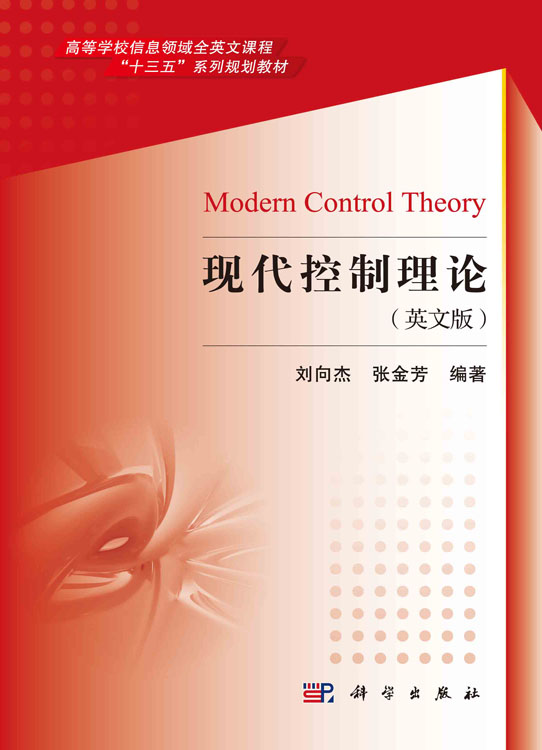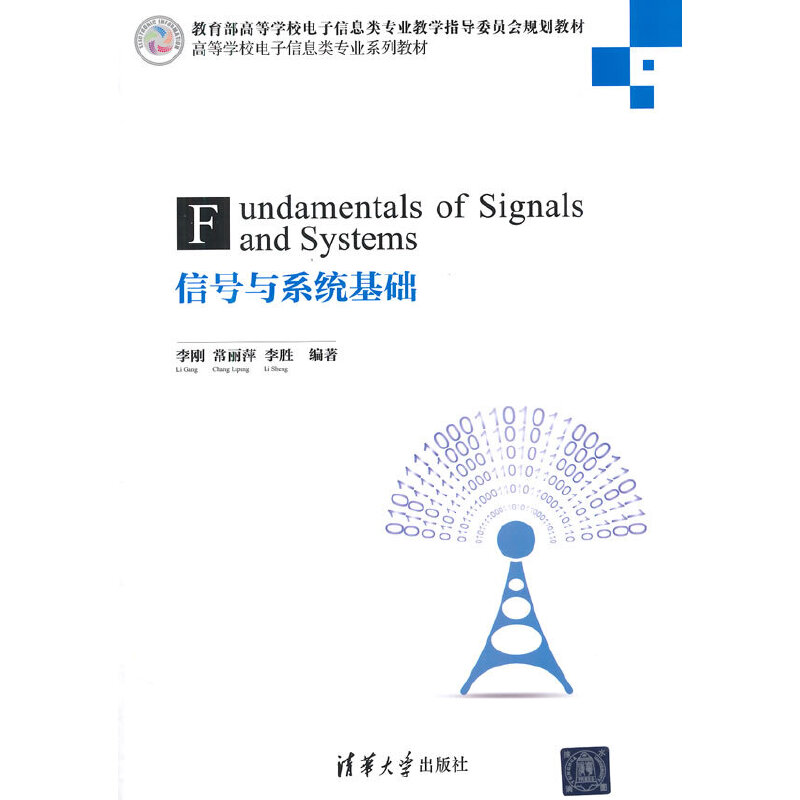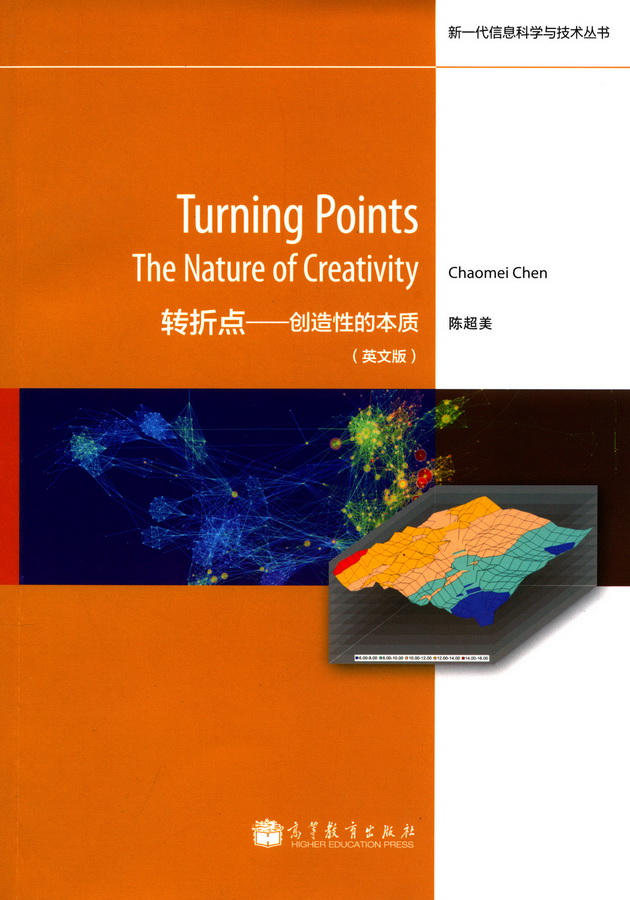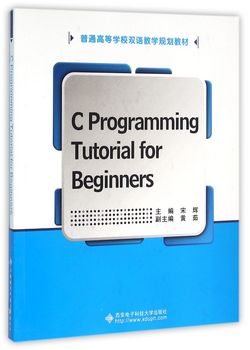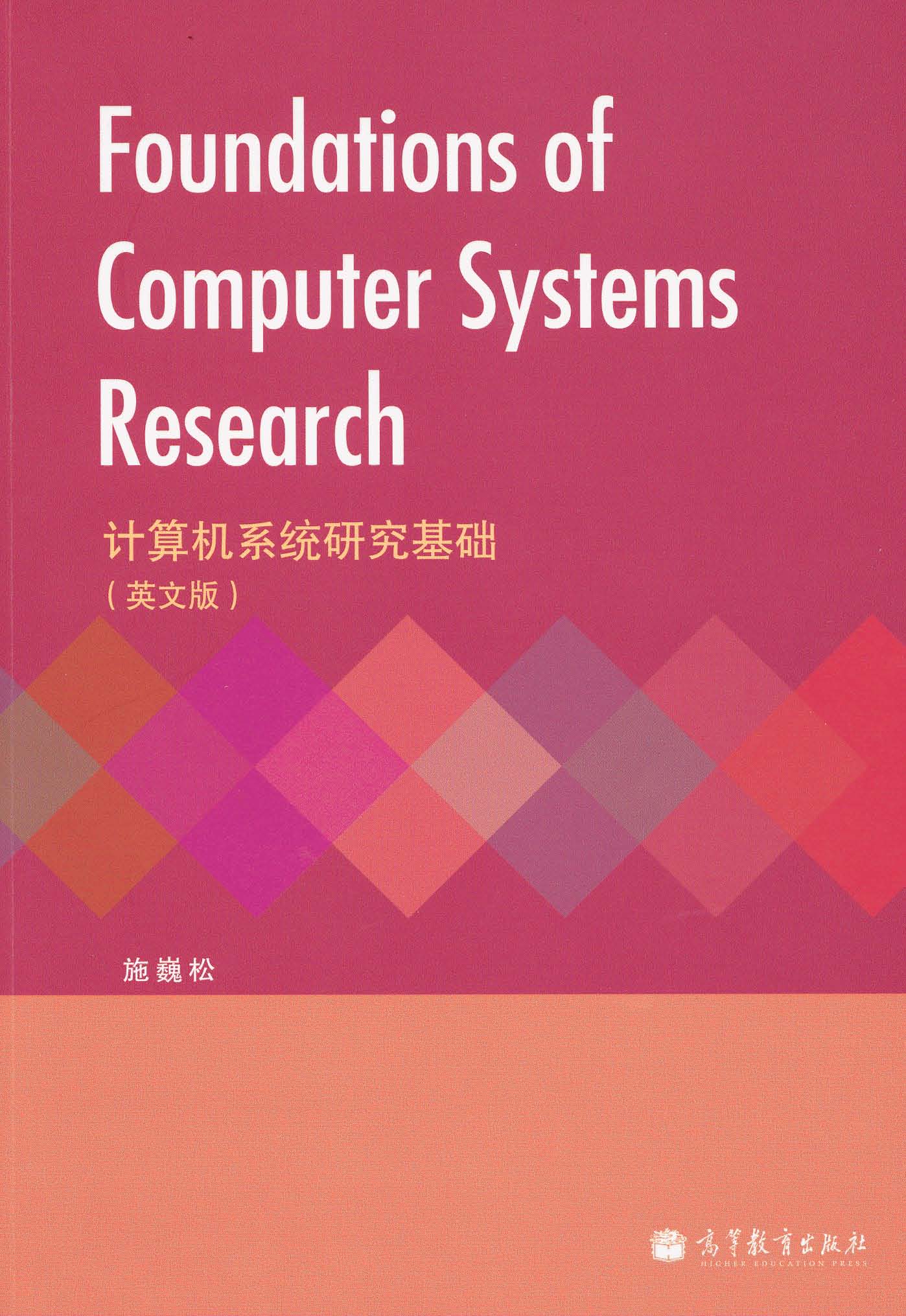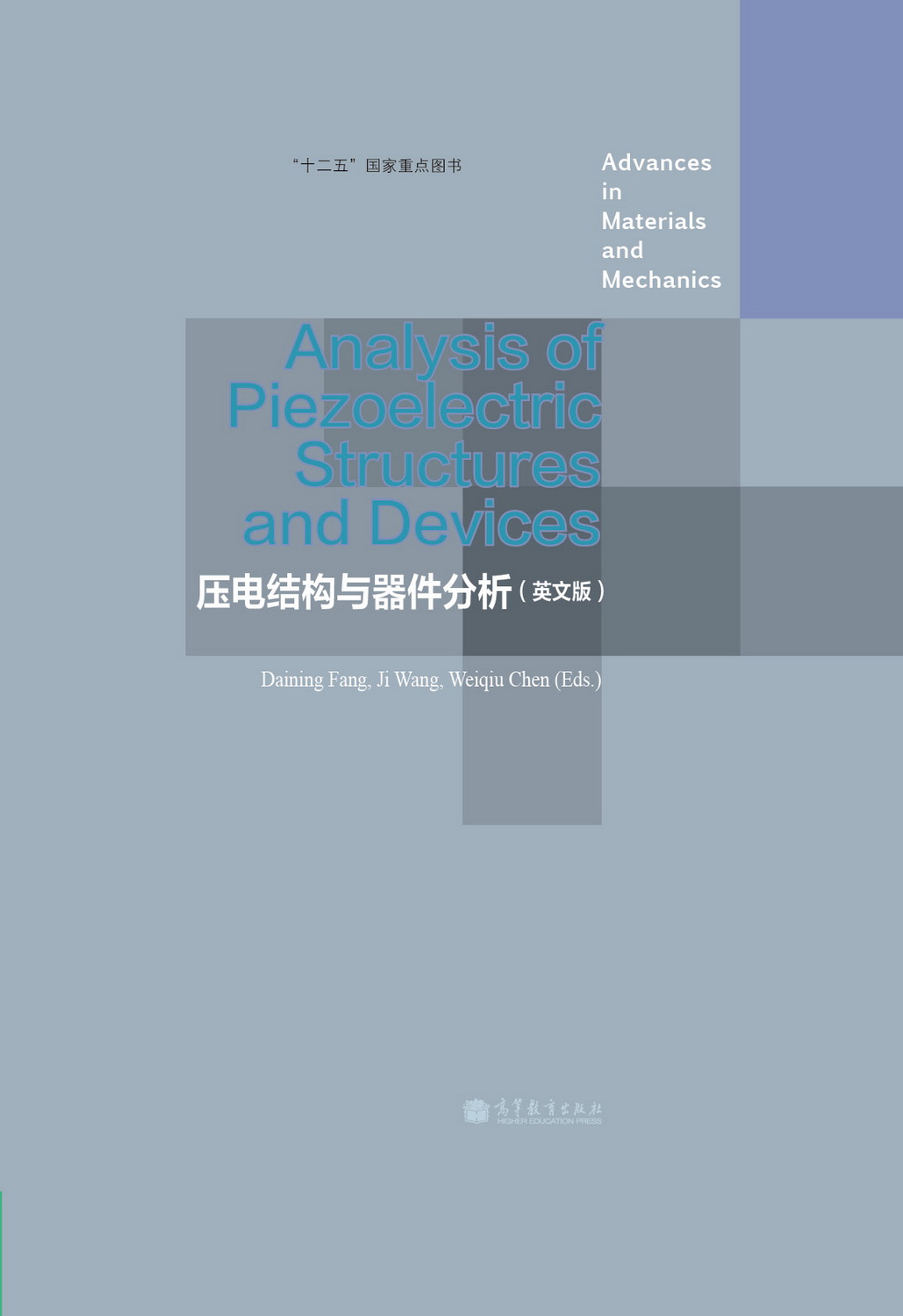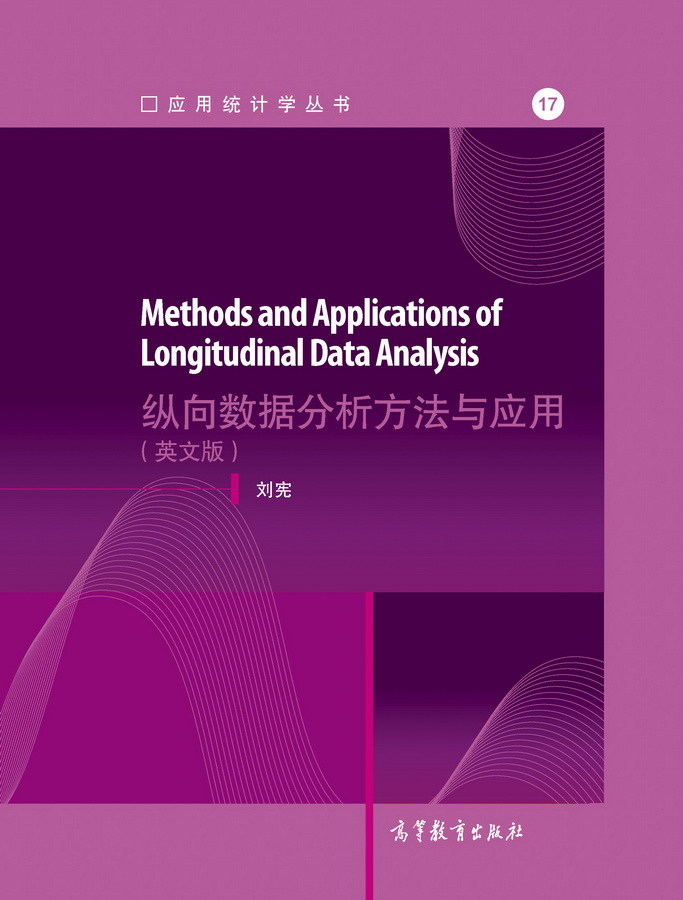情境中的模糊计算本体(英文版) / 中国文化著作翻译出版工程
作者: Yi Cai等
出版时间:2012-01
出版社:高等教育出版社
- 高等教育出版社
- 9787040338898
- 1版
- 227410
- 48266494-3
- 精装
- 16开
- 2012-01
- 350
- 201
- 工学
- 计算机类
- TP18
- 计算机
- 研究生及以上
计算本体(computational ontology)是对概念以及概念间的各种关系的一种形式化表述,是知识表示、语义网、智能主体等人工智能主要研究领域中的重要研究对象。《情境中的模 糊计算本体(英文版)》提出了一个基于模糊集的、可表达对象对于概念的归属程度(object membership)和对象在概念中的典型程度(object typicality)的形式化计算本体模型,以具体例子论证了此形式化模型的必要性和重要性;指出了情境(context)对物体归属程度和典型程度的 影响,并对此加以形式化;最后讨论了此形式化模型在推荐系统中的应用,用实验证明利用对象典型程度,或把对象典型程度加到协同过滤法后,能进一步提高模型 的准确性。
前辅文
Chapter 1 Introduction
1.1 Semantic Web and Ontologies
1.2 Motivations
1.2.1 Fuzziness of Concepts
1.2.2 Typicality of Objects in Concepts
1.2.3 Context and Its E®ect on Reasoning
1.3 Our Work
1.3.1 Objectives
1.3.2 Contributions
1.4 Structure of the Book
References
Chapter 2 Knowledge Representation on the Web
2.1 Semantic Web
2.2 Ontologies
2.3 Description Logics
References
Chapter 3 Concepts and Categorization from a Psychological Perspective
3.1 Theory of Concepts
3.1.1 Classical View
3.1.2 Prototype View
3.1.3 Other Views
3.2 Membership versus Typicality
3.3 Similarity Between Concepts
3.4 Context and Context E®ects
References
Chapter 4 Modeling Uncertainty in Knowledge Representation
4.1 Fuzzy Set Theory
4.2 Uncertainty in Ontologies and Description Logics
4.3 Semantic Similarity
4.4 Contextual Reasoning
4.5 Summary
References
Chapter 5 Fuzzy Ontology: A First Formal Model
5.1 Rationale
5.2 Concepts and Properties
5.3 Subsumption of Concepts
5.4 Object Membership of an Individual in a Concept
5.5 Prototype Vector and Typicality
5.6 An Example
5.7 Properties of the Proposed Model
5.7.1 Object Membership
5.7.2 Typicality
5.8 On Object Membership and Typicality
5.9 Summary
References
Chapter 6 A More General Ontology Model with Object Membership and Typicality
6.1 Motivation
6.2 Limitations of Previous Models
6.2.1 Limitation of Previous Models in Measuring Object Membership
6.2.2 Limitations of Previous Models in Measuring Object Typicality
6.3 A Better Conceptual Model of Fuzzy Ontology
6.3.1 A Novel Fuzzy Ontology Model
6.3.2 Two Kinds of Measurements of Objects Possessing Properties
6.3.3 Concepts Represented by N-Properties and L-Properties
6.4 Fuzzy Membership of Objects in Concepts
6.4.1 Measuring Degrees of Objects Possessing De¯ning Properties of Concepts
6.4.2 Calculation of Object Fuzzy Memberships in Concepts
6.4.3 Discussion
6.5 Object Typicality in Concepts
6.5.1 Representation of Concepts and Objects based on Prototype View
6.5.2 Similarity and Dissimilarity Measurement Between Objects and Prototypes
6.5.3 Modeling In°uencing Factors of Typicality
6.5.4 Discussion
6.6 Summary
References
Chapter 7 Context-aware Object Typicality Measurement in Fuzzy Ontology
7.1 Motivation
7.2 Modeling Context in Ontology
7.3 Measuring Object Typicality in Context-aware Ontology
7.3.1 Modeling In°uencing Factors of Typicality
7.3.2 Context E®ects on In°uencing Factors of Object Typicality
7.3.3 Measuring Typicality
7.4 Empirical Evaluation
7.5 Discussion
7.5.1 Context E®ects on Measuring Object Typicality in Our Model
7.5.2 Di®erences Between Various Vectors in Our Model
7.6 Summary
References
Chapter 8 Object Membership with Property Importance and Property Priority
8.1 Motivation
8.2 A Formal Model of Fuzzy Ontology with Property Importance and Property Priority
8.2.1 A Conceptual Model of Fuzzy Ontology
8.2.2 Modeling Property Importance
8.2.3 Modeling Property Priority
8.3 Measuring Object Membership in Concepts with Property Importance and Priority
8.3.1 Local Satisfaction Degrees of Objects for Properties
8.3.2 Global Satisfaction Degrees of Objects for Characteristic Vectors with Weighted Properties
8.3.3 Global Satisfaction Degrees of Objects for Characteristic Vectors with Prioritized Properties
8.3.4 Measuring Object Membership by Aggregating Global Satisfaction Degrees
8.4 Discussions
8.4.1 Di®erences Between Property Importance and Property Priority
8.4.2 Illustrating Examples
8.5 Experiment
8.5.1 Evaluation on Concepts with Property Importance
8.5.2 Evaluation on Concepts with Property Priority
8.6 Summary
References
Chapter 9 Applications
9.1 Overview
9.1.1 Motivation
9.1.2 ROT
9.1.3 TyCo
9.2 Related Work of Recommender Systems
9.2.1 Content-based Recommender Systems
9.2.2 Collaborative Filtering Recommender Systems
9.2.3 Characteristics of Collaborative Filtering
9.2.4 Model-based and Memory-based Methods
9.2.5 Hybrid Recommender Systems
9.3 ROT: Typicality-based Recommendation
9.3.1 A Recommendation Method based on Typicality
9.3.2 Measuring Typicality Degrees of Items in Item Groups
9.3.3 Measuring Typicality Degrees of Users in User Groups
9.3.4 Conversion Function
9.4 TyCo: Typicality-based Collaborative Filtering
9.4.1 Overview of TyCo
9.4.2 Mechanism of TyCo
9.4.3 Neighbor Selection
9.4.4 Prediction
9.5 Evaluation
9.5.1 Data Set Description
9.5.2 Metrics
9.5.3 Experiment Process
9.5.4 Experiment Results
9.6 Discussion
9.6.1 Di®erence Between Previous Recommendation Methods and ROT
9.6.2 Di®erence Between Cluster-based Collaborative Filtering Methods and TyCo
9.6.3 Other In°uencing Factors
9.7 Summary
References
Chapter 10 Conclusions and Future Work
10.1 Conclusions
10.2 Future Research Directions
References
Index


